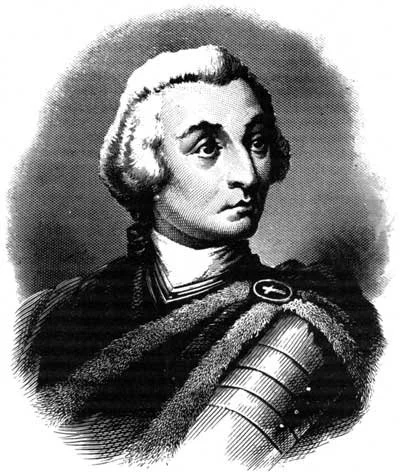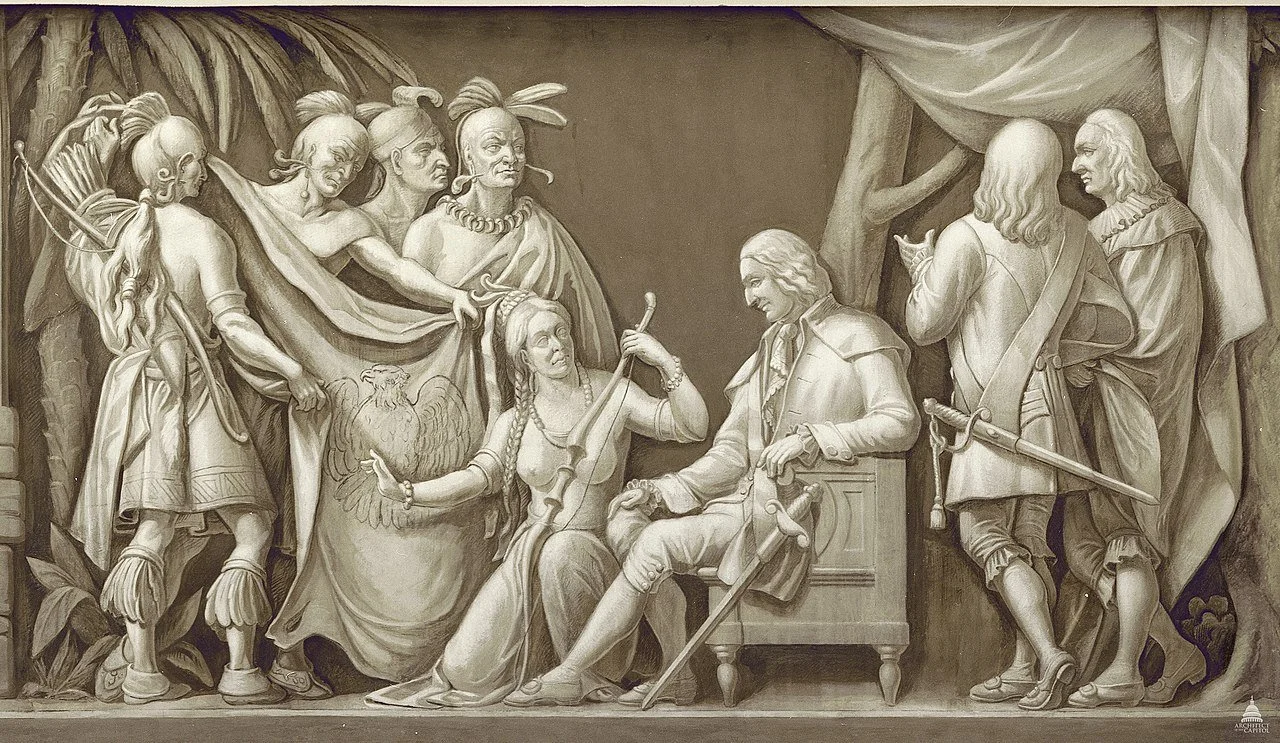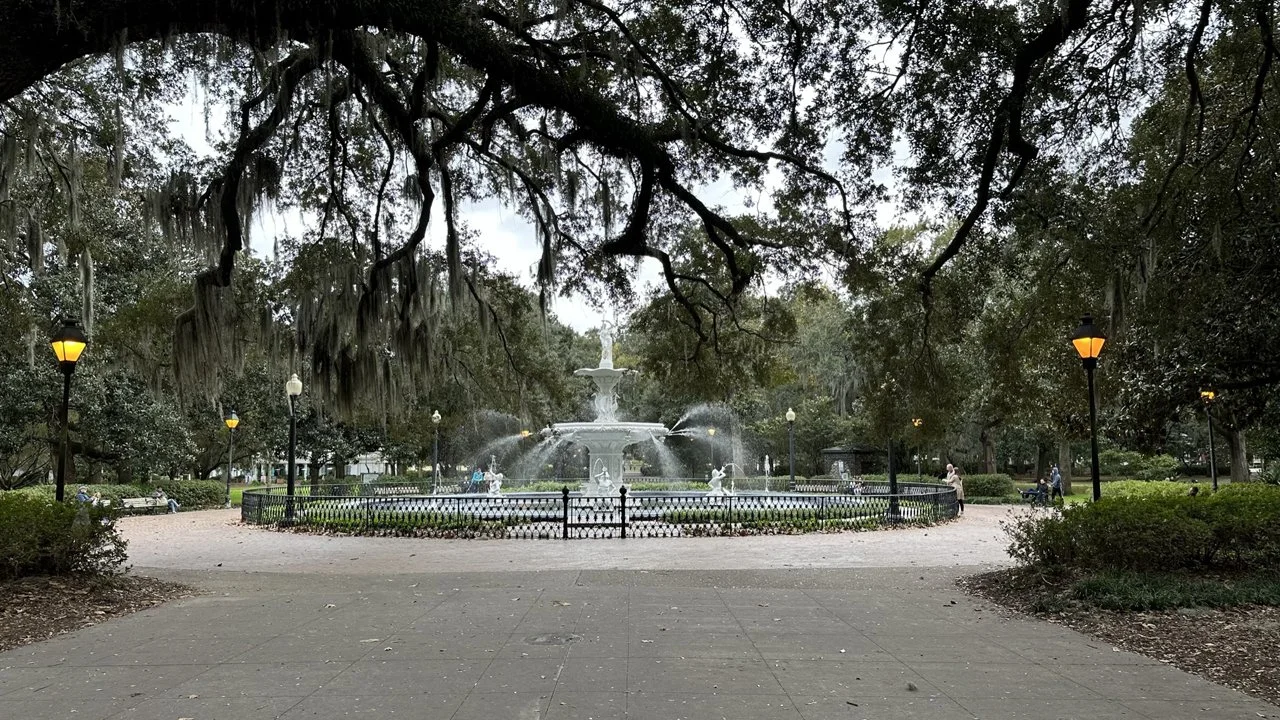Georgia Day
At noon on November 16, 1732, the ship Anne set sail from Gravesend (just east of London) with James Oglethorpe and 114 colonists. They had planned crossing the Atlantic Ocean for years and George II granted the trustees of Georgia a charter for the colony a year earlier. Their motto was Non Sibi Sed Aliis - not for self but for others.
Lieutenant-General James Edward Oglethorpe (December 22, 1696 - June 30, 1785)
The Anne sailed for Charleston, South Carolina and arrived on January 13, 1733 - two months after her departure from England. Oglethorpe was received by Governor Robert Johnson and the Legislature of South Carolina. Oglethorpe asked for advice and support in establishing the new colony of Georgia.
Governor Johnson had been notified weeks earlier of Oglethorpe’s impending arrival. The people of South Carolina were glad of the establishment of Georgia because the new colony would serve as a buffer to the Spaniards in Florida. Governor Johnson dispatched Colonel William Bull to serve as a guide to Oglethorpe.
The Anne sailed south to Port Royal Bay where it was moored. The South Carolina town of Beaufort at the head of the bay included a garrison of 100 South Carolina soldiers. Oglethorpe and Colonel Bull left Port Royal in a small vessel with four sailors and sailed down the coast to the Savannah River on January 16, 1733.
Oglethorpe and his colleagues entered the Savannah River where Tybee Island juts out into the ocean as a headland. As they traveled up the river, Oglethorpe saw many low-lying islands and marshes yet 18 miles up the river the south bank suddenly rose to 45 feet above the river.
Their small vessel stopped so Oglethorpe and Colonel Bull could alight and explore the area. They climbed the bluff where Colonel Bull, who was familiar with the area, showed Oglethorpe an expanding plain covered in pines and live oak trees.
Oglethorpe and Colonel Bull traveled to the north to find the Yamacraw - the only Indians within 40 miles of the site Oglethorpe was exploring. Oglethorpe and Colonel Bull found the Indian village and met with their Chief, an elderly man named Tomo-chi-chi. Oglethorpe told Tomo-chi-chi he wished to establish a colony in the woods and pledged not to interfere with the Yamacraw.
Tomo-chi-chi had previously traveled to Charleston and met many English and Spanish traders in the area of the Yamacraw village. Tomo-chi-chi gave his permission for Oglethorpe to settle a colony and provided some guides to help Oglethorpe and Colonel Bull explore the area on their way back to their boat.
'“Oglethorpe and the Indians “ frieze in the United States Capitol (photo by the Architect of the Capitol)
On February 5, 1733 Oglethorpe concluded his survey of the area and sailed back to Port Royal. Upon his return, he found the colonists had been celebrated by the soldiers and people in the area who brought pigs, fowl, eggs, butter and bread to the colonists. On the evening after he returned to Port Royal, Oglethorpe gathered the colonists and described the plain on which he planned their settlement and the nearby Yamacraw Indians.
He instructed them to prepare to sail for Savannah - the name he had given the future settlement. The name Savannah comes from the Savannah River which is believed to derive from the names for the Shawnee, American Indians who migrated to the river in the 1680s.
The colonists boarded four small vessels and started their journey south to Georgia - the new colony named in honor of King George II of England. They arrived the afternoon of February 12, 1733 and began to set up camp in what would become the City of Savannah.
Savannah became the first state capitol of Georgia and the southernmost commercial port of the 13 colonies. Savannah was built to the Oglethorpe Plan: a street network of repeating residential blocks, commercial blocks and parks to create walkable neighborhoods.
This map of Savannah in 1818 shows an expansion of Oglethorpe’s initial plan.
It includes a fence line around the town labeled “Lane of Defense”
The Oglethorpe Plan embodied major themes of the Enlightenment such as science, humanism and secular government. Georgia, the last of the 13 colonies, is the only American colony designed with Enlightenment ideals. The Trustees of the new colony prohibited slavery and large landholdings.
View from West Gaston Street of the fountain in Forsyth Park in Savannah, adjacent to the Georgia Historical Society.
The Georgia Historical Society was founded on May 24, 1839. It’s one of the oldest historical societies in the country.
There’s much more detail and many interesting stories available from the Georgia Historical Society. For example, though Savannah was the first capitol of Georgia, there have been five capitols in the state’s history.
You Should Join Us!
We’d love for you to join us for a meeting, course or meet-up. Many of our events are virtual so you can join from anywhere!
Please use the button below to join our Learning Community so you can be notified when we have upcoming events and opportunities.
Additional Resources:
The Georgia Trust for Historic Preservation hosts courses, advocacy events and rambles every year. It’s a great way to learn about the history of the state and meet other people with similar interests.
The Georgia Archives of the University System of Georgia identifies, collects, provides access and preserves Georgia’s historical documents.
The Georgia Open History Library of the University of Georgia Press includes open-access digital editions of single-authored scholarly titles and two multivolume series, comprising almost fifty individual volumes in history and primary documents.
The Beehive Foundation offers 40 books selected and edited to highlight the cultural and social history of Georgia and the South.
The Cherokee Garden Library, a library of the Kenan Research Center at the Atlanta History Center contains over 40,000 books, photographs, manuscripts, seed catalogs and landscape drawings that tell the stories of people and plants that have shaped the Southeastern United States. You can schedule a visit and arrange for assistance researching the extensive collection of the library.
Micheal L. Thurmond, former CEO of DeKalb County, GA wrote a book titled James Oglethorpe, Father of Georgia in which he explores the importance of Georgia as a buffer between the Carolinas and Spaniards in Florida.
If you’ve visited the rotunda of the Georgia Capitol in Atlanta, Georgia, you may have noticed a portrait of James Edward Oglethorpe. Here’s an image of the portrait in the rotunda:
Portrait of James Edward Oglethorpe (lower painting) in the rotunda of the Georgia Capitol in Atlanta, Georgia.
There’s a closer view of the portrait below. We’ll leave you to draw your own conclusions about whether the painter knew how to produce a decent portrait… especially a depiction of a person in profile.
Closer view of the portrait shown in the image above.




